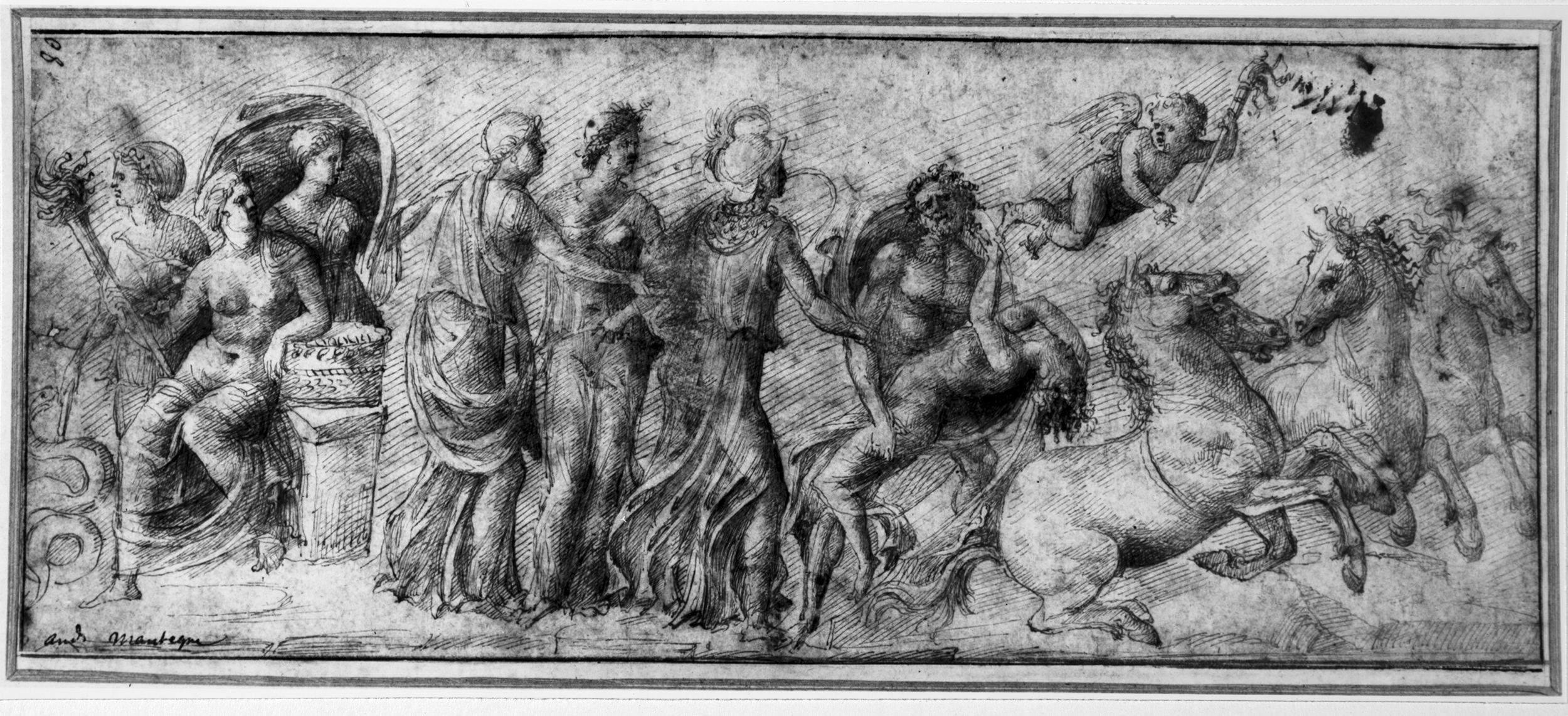
This seminar will explore the topic of the creative invention of drawings after the antique by Early Modern artists and architects. It will question the long-lived methodological tradition of regarding antiquarian drawings as ‘documents’ for the Nachleben of antique monuments, emphasizing instead the role of creativity, invention and artistic expression. Recent work particularly on the drawings of Maarten van Heemskerck have opened up new approaches which require further exploration in the field of antiquarian studies generally.
What role do artistic agency and self-representation play in drawings ‘after’ the antique, not only those which can be attributed to well-known figures but also anonymous drawings? How can the purpose, function and audience of these drawings be considered in relation to issues of creative invention? What role do the disciplines of archaeology and art history play in the interpretation of antiquarian drawings, and what is at stake in preserving their status as documents?
The session draws upon the opportunity for self-reflection on the project ‘the Census of Antique Works of Art and Architecture Known in the Renaissance’. Where possible it will involve visits to examine drawings and albums in the original in Berlin.
One of the sub-topics of the seminar will be digital humanities, in particular the question of how antiquarian drawings should be represented and studied using digital tools.
While the course will be taught in English, presentations and Hausarbeiten can be in German.
- Course owner: Kathleen Christian